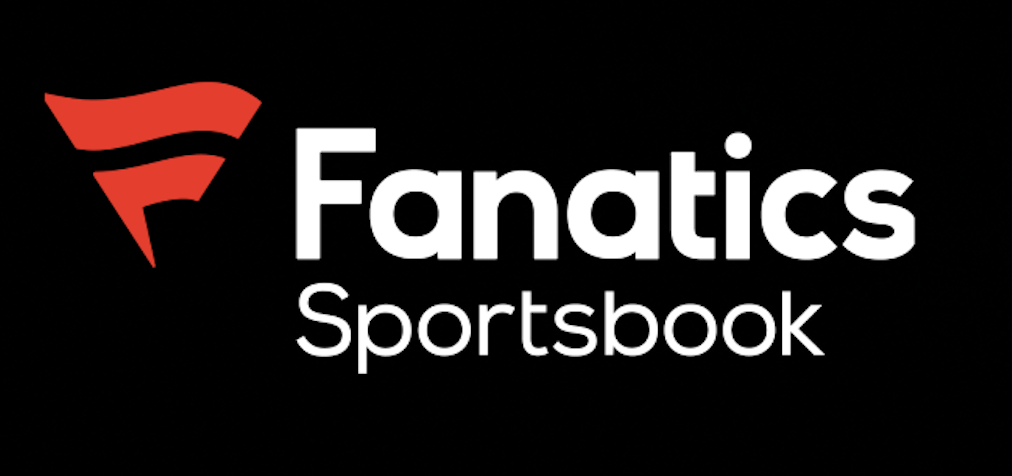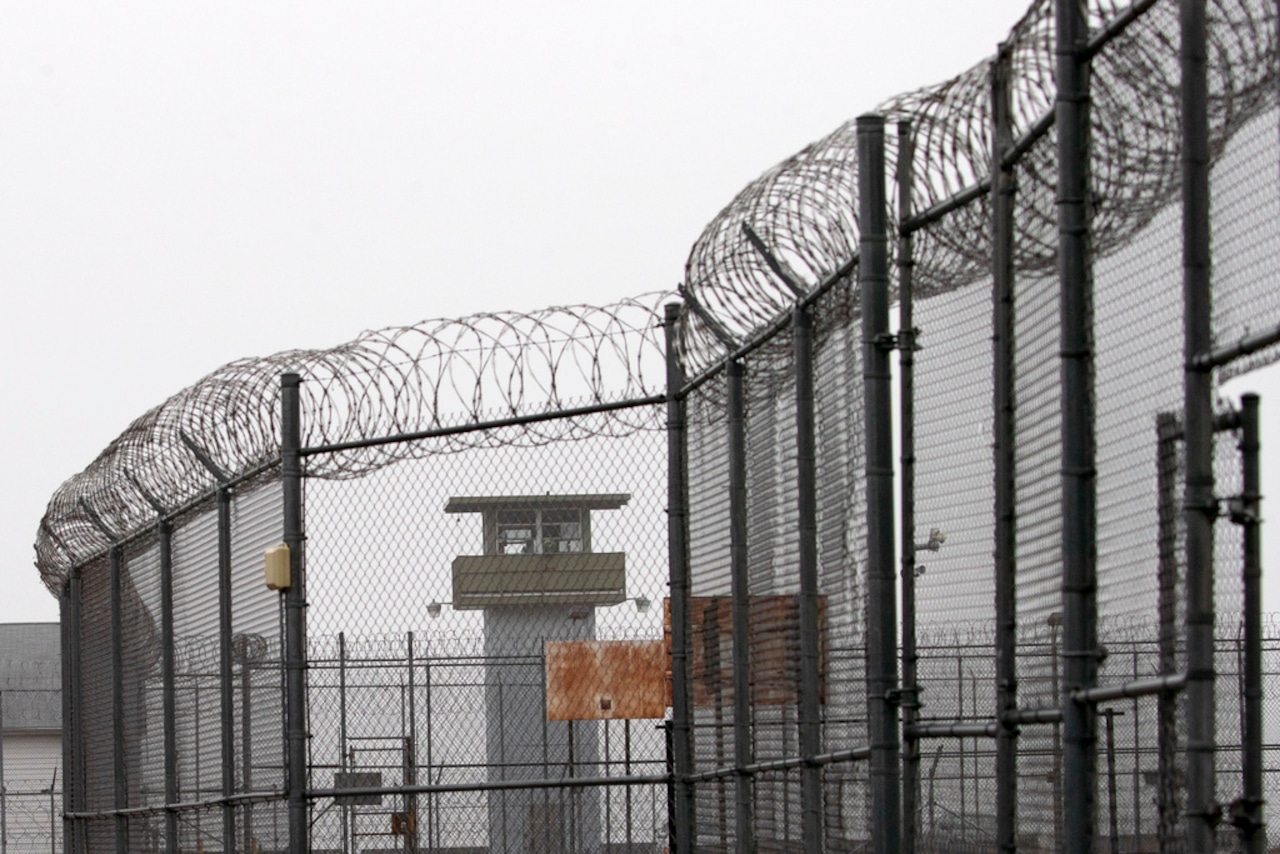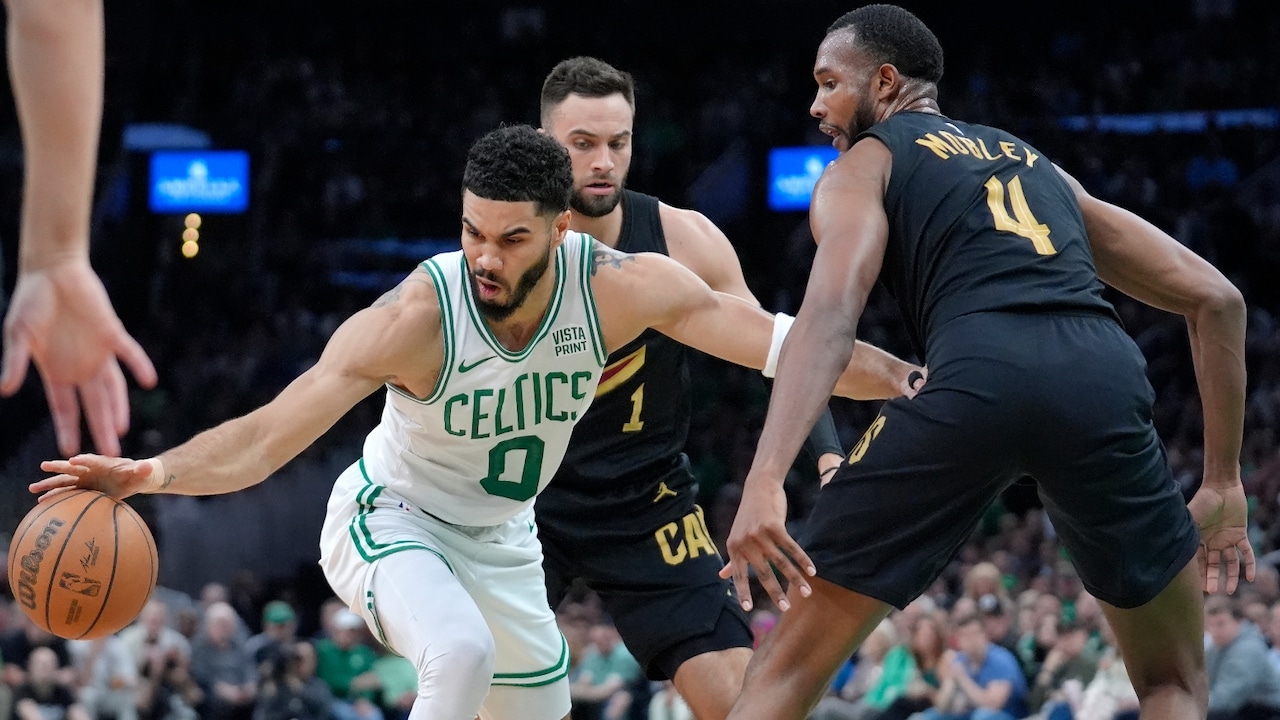By the time the Red Sox wrap up their series with the Washington Nationals Sunday, the 2024 season will be one-quarter complete, with 40 of the 162 games played.
Here’s a look at the highs and lows of the Red Sox’ season to date:

Fanatics Sportsbook
10X$100 BONUS BET
BET MATCH BONUS
Must be 21+. GAMBLING PROBLEM? Call 1-800-GAMBLER (CO, KY ,MD, OH, PA, TN, VA, VT, WV); (888) 789-7777 or ccpg.org (CT); 1-800-BETS-OFF (IA); (800) 327-5050 or gamblinghelpline.org (MA), mdgamblinghelp.org (MD), 1800gambler.net (WV)
TOP POSITION PLAYER: Tyler O’Neill. O’Neill was a wild card going into the season, acquired because he was 1) righthanded and 2) available for a low asking price. Durability has been a question for some time, but the Red Sox were betting on him being closer to the player he was in 2021, when he hit 34 homers, posted a .912 OPS, won a Gold Glove and finished eighth in NL MVP voting.
It’s too soon to know whether he can keep up this level of play for the entire season, but for now, he leads the team in homers, slugging and OPS and is tied for the team lead in runs scored. His OPS+ is an impressive 175. One surprise: he’s been slightly below average as a defender, with -2 in defensive runs saved.
MOST DISAPPOINTING: Masataka Yoshida. Yoshida’s been on the IL for more than a week and isn’t coming back for a while, but even when he was healthy, he wasn’t contributing much. In 24 games, he had just five extra-base hits (three doubles and two homers), and now that he’s exclusively a DH, the only value he provides is in the batter’s box. His .736 OPS is evidence that he wasn’t helping much, and his $18.6 million salary only highlights how little he’s contributed.
TOP ROOKIE: Wilyer Abreu. Ten days into the season, this would have been unthinkable. Abreu, who struggled throughout spring training, was doing nothing in the early going except making mistakes in the outfield and striking out. A lot.
But Abreu has turned the corner, with a solid slash line of .276/.368/.439 to go with a team-leading eight doubles. But it’s in the outfield where Abreu has really sparkled, with five defensive runs saved already. In a remarkably short period of time, he’s mastered the art of playing right field in Fenway, which isn’t easy.
TOP PITCHER: (tie) Tanner Houck, Kutter Crawford: Injuries hit the Red Sox’ starting rotation hard, beginning with Lucas Giolito, followed in short order by Nick Pivetta, Garrett Whitlock and Brayan Bello. To date, only Pivetta has returned to the mound. It would have been easy for the rotation to nosedive, but the performances of Houck and Crawford have, improbably, helped the Red Sox compile the lowest ERA of any rotation in either league.
Crawford is 2-1 with a 1.75 and is averaging nearly six innings per start while Houck is 3-3 with a 1.99 and an absurd 1.4 walks per nine innings. If both continue to pitch anywhere near this well, the concept of the Red Sox remaining in contention becomes more plausible.
BIGGEST SURPRISE: (tie): Justin Slaten, Cooper Criswell. Together, these two pitchers had combined for 12 major league appearances before this year, all of them by Criswell. They were unknown commodities.
But Criswell has been terrific stepping into the rotation to fill the injury void, with a 2-0 mark and 1.47 ERA in four starts. That’s not much of a sample size, but his ability to hit spots and keep hitters off-balance is obvious. Slaten, meanwhile, was a Rule 5 pick and while he had a rough outing in Atlanta the other night, has flourished in relief, allowing just 13 hits in 20 innings while pitching to a 1.80 ERA. The fact that Alex Cora and Andrew Bailey haven’t hesitated to go to him in high leverage spots speaking volume about their confidence in him.
BIGGEST CONCERN: Chris Martin. Perhaps it wasn’t realistic that Martin could match last season, when he went months at a time without being scored upon. But the drop-off has been alarming in 2024. Martin has already given up more runs this year than last. The control is still elite and his strikeout rate has gone up, but there are other troubling numbers underneath the hood: hitters are hitting the ball much harder against him and putting the ball in the air more.
With John Schreiber gone and Josh Winckowski pressed into starter’s duty, the Sox need Martin as their dependable eighth-inning option.
___________________
There’s a lack of clarity regarding Yoshida’s wrist/thumb injury, and it’s resulting in some uncertainty over what the Red Sox plan to do at DH — for the near future, and perhaps, the rest of the season.
Yoshida hasn’t appeared in a game since April 28 after being forced to leave that night’s game against the Cubs in the sixth inning, the result of an awkward swing. Yoshida was placed on the IL soon after, but there’s been little in the way of detail when it comes to the actual injury, the recommended course of action and a timetable for his return.
Yoshida was set to visit with a specialist in Atlanta earlier this week, but even with that second opinion, it was reported that Yoshida could seek yet another consultation.
It sure sounds as if surgery is one the table, one that could keep him sidelined for a long time, if not the entire season. If that’s true, the Red Sox have a significant hole at the DH spot.
Last November, newly hired chief baseball officer Craig Breslow said his clear preference would be to rotate various players through the DH spot, allowing for more roster flexibility. Then, oddly, the Red Sox went to spring training with Yoshida as essentially an everyday DH. Before going on the IL, Yoshida had played in 24 games, yet spent exactly one inning in the outfield — and that was in extra innings, when the Red Sox had otherwise run out of position players.
For a time, the Red Sox used the DH to ease some injured players — first Tyler O’Neill, then Rafael Devers — back into the lineup. Since Yoshida was placed on the IL, they’ve tried a handful of different players there, including O’Neill (twice), Devers (once), Dominic Smith (three times) and Garrett Cooper (twice).
Ironically, this mix-and-match approach is closer to what the Red Sox intended to do with the DH role in the offseason.
For now, it would seem the Red Sox could use the DH to provide at-bats for whichever player isn’t at first (Cooper or Smith) or one of their outfielders.
But that doesn’t offer much in the way of production. For one thing, if the team is going with a platoon of the righthanded Cooper and the lefty Smith at first, it doesn’t make a lot of sense to have the player not at first in the DH spot. In other words, if Cooper is playing first because there’s a lefty on the mound, why have the left-handed hitting Smith also in the lineup just because you have a vacancy at DH? It negates the advantages of using a platoon.
Also, while Smith and Cooper are upgrades over Bobby Dalbec in that they’re capable of making more regular contact (Dalbec had fanned in 47.5 percent of his at-bats), neither is a premier run producer — the kind you would ordinarily expect at DH.
Almost a quarter of the way through the season, the Red Sox have gotten little in the way of offense from the DH. When it comes to OPS, Red Sox’ designated hitters are 21st in baseball with a .675 OPS. It’s no better when it comes to slugging percentage, where the Sox are also 21st at .361.
I wouldn’t necessarily expect the Sox to address this need right away. It’s difficult to pull off a trade of some significance this early in the season. But if Yoshida is indeed going to be out for most of, if not the entire season, it could be a late July need.
And if the Toronto Blue Jays don’t turn things around, there are worse options than the Sox trying to re-acquire Justin Turner, as colleague Chris Cotillo has suggested.
________________________
One of the unappreciated developments for the Red Sox this season has been the vastly improved defensive play of Jarren Duran in center field.
When the Red Sox made the decision to shift Ceddanne Rafaela from center to shortstop a few weeks into the season, there was some concern over how big a drop-off there would be in center. After all, Duran’s defensive metrics in center field didn’t inspire much confidence: in 75 games in center last year, Duran was -5 in defensive runs saved.
What a difference a year makes.
This year, Duran is at +6 defensive runs saved in center and +9 in the outfield overall.
“It’s been really impressive to see him blossom into that type of center fielder,” said Red Sox third base coach/outfield instructor Kyle Hudson. “He’s actually at the top of the lists of some of these (defensive metrics). It’s really impressive. It really, really is.”
Hudson is quick to point out that Duran was drafted as an infielder and it took some time for him to get both comfortable and confident in the outfield.
“He was very raw. I think you develop those outfielder instincts the more you play out there,” Hudson said. “Along with the building of reps that he’s had, I just think the confidence level has taken off. Last year, he was at the top in terms of ‘jump’ metrics on the front end of the route, but the middle and closing phases are the places where he lacked that confidence. And he’s gaining that now.
“We’re still working on his ability to take his eyes off the ball and even gain a step of two where he can. I still believe there’s some room for improvement. But I don’t know that I’ve seen an outfielder make a bigger jump in two years in all my time working with outfielders, to be honest with you.”
_______________________
Rafaela has done nearly everything the Red Sox have asked of him.
First, he performed well enough in spring training to make the Opening Day roster. Next, he successfully made the transition to shortstop when Trevor Story went down for the season and a few candidates to take over the position failed.
More recently, he’s made strides offensively. Since he had a four-hit game against the Cubs on April 27, Rafaela has slashed .351/.342/.622 over the last 10 games with two homers and four doubles.
One thing he’s yet to do with much success at the big league level: steal bases.
Rafaela has plus-plus speed. He and Duran are the two fastest players on the roster and it may be a toss-up as to who would win a footrace. But while Duran has stolen 42 bases in 47 attempts in his career for an outstanding success rate of 89 percent, Rafaela has yet to master that part of the game. This year, he’s stolen four bases, but has been thrown out three times.
At the minor league level, Rafael’s pure speed allowed him to steal 115 times in 147 attempts. But in the major leagues, there’s more to stealing than innate speed, as Rafaela is finding out.
“He’s just a runner right now,” said Hudson, who also serves as the team’s baserunning instructor. “He’s a young kid who until now, all he had to do was take off and he’d be safe. Learning the nuances of basestealing, learning what to look for, learning the proper time to run takes some time. It’s not just, ‘OK, on this pitch, I’m going to go.’ You’re working on counts, understanding what a pitcher is trying to do. For me, when you become an efficient basestealer, it’s locking in to the keys and tells that a pitcher is giving you.”
Currently, Rafaela is learning. He watches video and studies pitchers’ moves, but that doesn’t always translate to game action.
“We can sit and watch stuff on video all day. But it comes down to being able to do it in the game,” said Hudson. “I’ve been around a lot of guys who see it on video, but don’t necessarily see it at game speed. I believe that, in time, Rafa is going to have that ability. He’s already shown it some of those instincts. But he’s still learning about the proper time to go. He’ll get there. It’s just going to take some time. There’s going to be some growing pains with some of this stuff and we all understand that.
“As long as we keep working, he’s going to keep getting better, for sure.”






